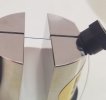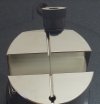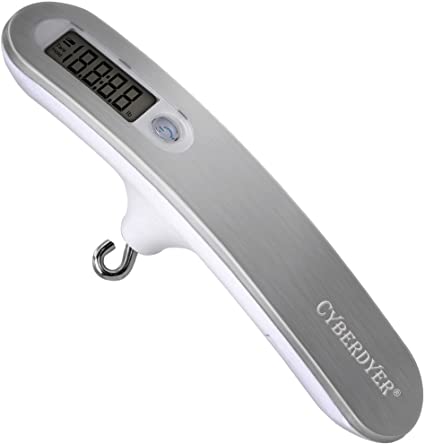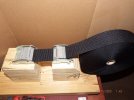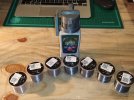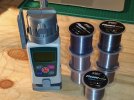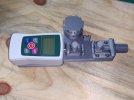777 Edge
Dealer / Materials Provider
- Joined
- Sep 16, 2019
- Messages
- 1,198
Yes, it does slightly snug the test media. That's the point I was trying to make. You can see it happen when you tension it properly.
That's what I thought. My 3D printed one does it too, so I was assuming the aluminum one would do the same.
It is for this reason that I did a lot of testing with slack line compared to slightly tight line and found the most consistency by far with slightly slack line.
Even if you were to use a calibrated weight of 100g to slightly tension the line, the final action of tightening the screw significantly changes the tension in the line. If you wanted to really make sure you get consistent results with a tightened line, then the screw would have to be modified and replaced with a clamp-type screw to make sure the rotational force does not put ANY additional stress on the line.
The much more consistent and predictable way would thus be a slightly slack line, and making sure it stays slightly slack after tightening the final screw.
Because I can load aftermarket line into my 3D printed holder, my test media is so cheap that I can do thousands of tests for almost no money at all. I've definitely found a lot more consistent results with slightly slack line. I've tried the 100g weight, I've tried other weights, and I've even experimented a combination of a 100g weight and tightening the screw with a small torque wrench to make sure I have the same torque on the screw every time. Doesn't matter what I do with line tightening, I still find much more consistent results with a slightly slack line.

